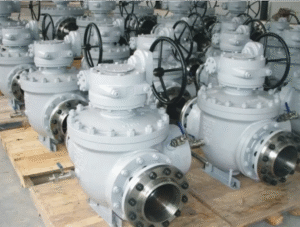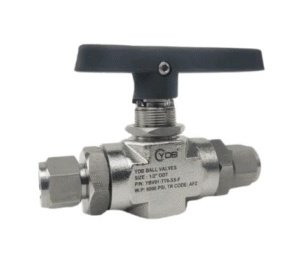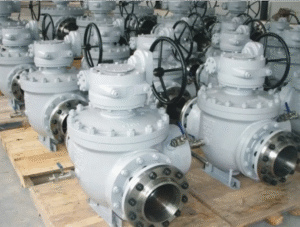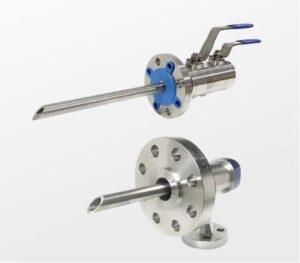Water heaters proof to be a saviour during the cold chills. Almost 99% of the residential and commercial settings have water heaters aligned on their way to get hot water availability on a 24×7 basis. However, many times, people tend to try controlling some of the basic features of these water heaters on their own. No matter how good you are at the control and measure processes of these heat devices, it must be kept under consideration that the water heater safety valve must be kept handy to avoid any accidents in due course.
Keeping Water Heater Tests Safe
- Before getting handy and experimental with your water heater, it very important to learn about its vital to stay safe.
- First of all, one should know that the thermostat and the pressure release valve scheduled in a water heater is primarily designed for the safety of the user.
- Following a well-guided process to test the water heater’s pressure relief valve can be performed at home but, should be performed under safety measures, only.
- Along with, conducting a test of the pressure release valve, it should be kept in mind to keep the water heater’s thermostat temperature status set over a safe point.
- One should ensure the flushing of their water heater on an annual basis to ensure the water heater remains in good working condition.
- However, it is always recommended to visit a nearby technical assistance service provider for any spotted minor problems transforming into a major one.
Advantage of Regular Testing
- A little routine maintenance and scheduled check can, not just improve the productivity of your device but, also ensure its longevity.
- Frequent tests ensure that the chances of leaks or unwanted errors get reduced, automatically.
- Scheduled, period checks give way to enhanced life span and higher safety associated with the use of water heaters.
How to perform pressure valve release tests for water heaters?
- The water heater’s temperature and pressure relief valve also called the TPR valve. The unit is mainly in operation for releasing the pressure that builds-up inside the water heater as the temperature/pressure goes above the prescribed temperature to prevent chances of explosion.
- The accumulation of corrosive materials including- mineral salts, rust, etc. can cause freezing in the TPR valve, making it non-operational.
- Conducting regular tests can help keep away these issues. So, to test the water heater’s valve, you simply need to raise and lower down the test lever, number of times. This is mainly done to lift the brass stem, fastened to the same.
- Notice, hot water rushing out of the trail of the drainpipe. In case, no water gushes through the pipe or just a simple trickle is felt, replacing the valve is recommended.
- However, in case a leak appears, immediately after the conduction of the test, operating the test lever number of times will help to free the lodged debris accumulated over the valve. This could be the most probable reason preventing the heater’s valve from operating, rightly.
If the water heater safety valve is performing its job in the right manner, and the dripping of hot water out of the TPR drain valve is noticed, turning the temperature down over the water-heater controller along with turned down water pressure must be performed.
FAQs
[sp_easyaccordion id=”661″]





